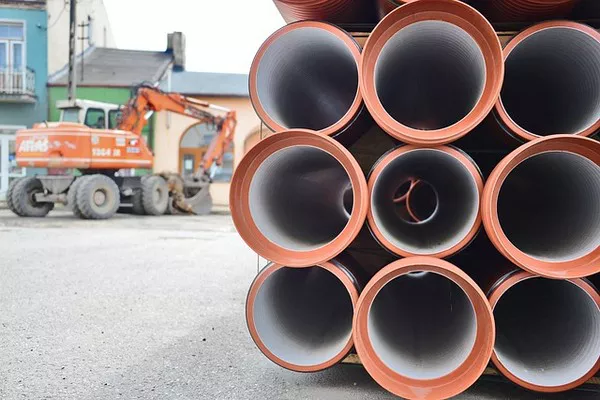Sewage treatment plants play a critical role in safeguarding public health and preserving the environment. They are essential infrastructures that process wastewater, ensuring that harmful contaminants and pollutants are removed before the treated water is safely discharged or reused. This article provides an in-depth exploration of how sewage treatment plants work, detailing the processes involved in converting raw sewage into clean water.
1. Collection and Preliminary Treatment
The process begins with the collection of raw sewage from households, industries, and other sources through an extensive network of underground pipes. Once at the treatment plant, the sewage undergoes preliminary treatment to remove large debris and solid materials such as rocks, sticks, plastics, and rags. This step involves the use of screens, grit chambers, and comminutors to physically separate these solids from the water.
2. Primary Treatment
Following preliminary treatment, the sewage enters the primary treatment phase. In primary treatment, the wastewater flows into large sedimentation tanks, allowing the heavier organic solids to settle at the bottom, forming sludge. The relatively cleaner water, now called effluent, moves to the next stage while the sludge is pumped into digesters for further treatment.
3. Secondary Treatment
Secondary treatment is a biological process designed to remove dissolved and suspended organic matter from the wastewater. The primary aim is to reduce the Biological Oxygen Demand (BOD) and Chemical Oxygen Demand (COD), as these parameters indicate the level of organic pollutants present in the water. During secondary treatment, the sewage is mixed with activated sludge—a mixture of bacteria and microorganisms that break down the organic matter through aeration and agitation.
As air is pumped into the treatment tanks, the microorganisms consume the organic pollutants, converting them into harmless byproducts like water, carbon dioxide, and more sludge. The effluent, after secondary treatment, has significantly lower BOD and COD levels, making it safer for the environment.
4. Tertiary Treatment
While secondary treatment significantly reduces the pollutant levels, tertiary treatment is implemented to further enhance water quality, making it suitable for specific applications. This step involves advanced treatment processes such as filtration, disinfection, and chemical precipitation.
a. Filtration
The effluent from secondary treatment passes through filters, which can be composed of sand, activated carbon, or membrane systems. These filters effectively remove any remaining suspended particles and microorganisms, ensuring the water is free from visible impurities.
b. Disinfection
Disinfection is a critical step in the treatment process, as it eliminates harmful pathogens, bacteria, and viruses to prevent the spread of waterborne diseases. Common disinfection methods include chlorination, UV irradiation, and ozone treatment, which effectively neutralize the microorganisms.
c. Chemical Precipitation
Chemical precipitation is employed to remove any dissolved substances that are still present after secondary treatment. Chemicals such as lime, alum, or ferric chloride are added to the water, causing certain pollutants to coagulate and form larger particles that can be easily removed.
5. Sludge Treatment
Throughout the treatment process, both primary and secondary treatment generate sludge—a semi-solid residue composed of organic matter and microorganisms. Sludge treatment is vital to minimize its environmental impact and ensure proper disposal or beneficial reuse.
a. Thickening
The first step in sludge treatment is thickening, which involves removing excess water to reduce the volume of sludge. Gravity thickeners or centrifuges are commonly used for this purpose.
b. Digestion
After thickening, the sludge is sent to anaerobic digesters, where bacteria break down the organic matter further. This process produces biogas, primarily methane, which can be harnessed as a renewable energy source.
c. Dewatering
To reduce sludge volume even further, mechanical methods such as belt presses or centrifuges are used for dewatering. This process creates biosolids that can be safely transported and used as fertilizer or disposed of in a landfill.
Conclusion
Sewage treatment plants play an indispensable role in maintaining public health and preserving the environment. Through a meticulous combination of physical, biological, and chemical processes, these plants transform raw sewage into clean water suitable for discharge into natural water bodies or safe reuse. By continually improving and innovating treatment technologies, we can ensure a sustainable and healthier future for our communities and the planet.

